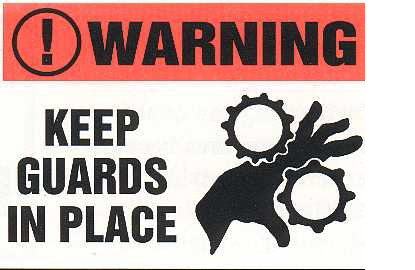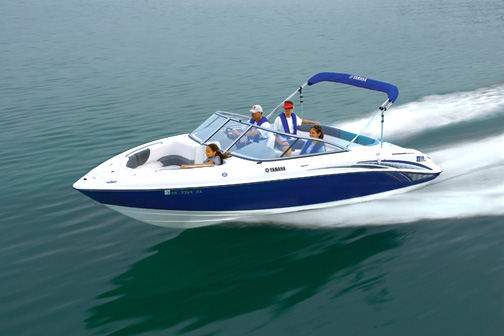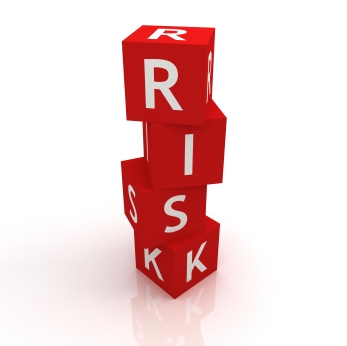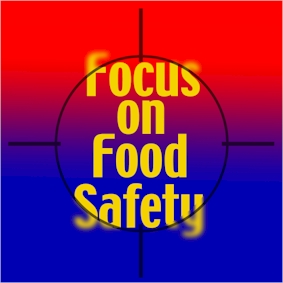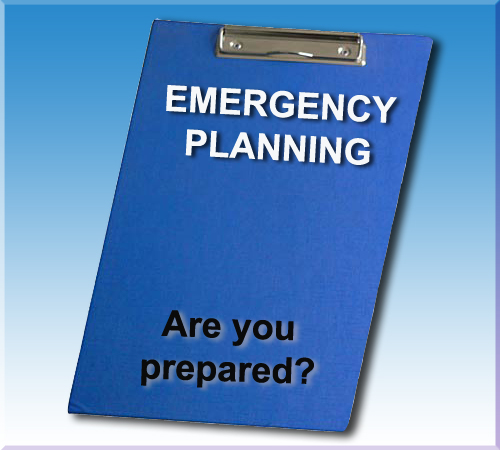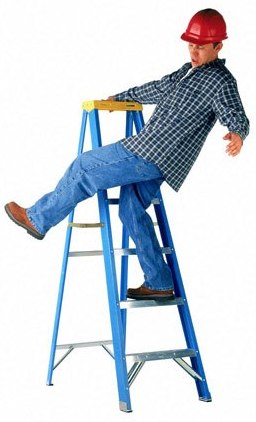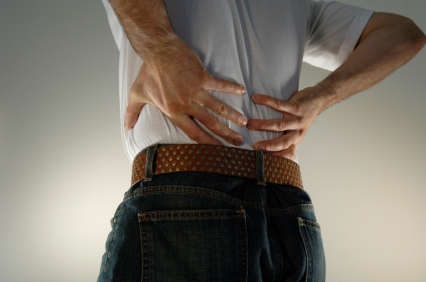 While each state has its own workers’ compensation laws, the basic tenet remains: the employer provides compensation and medical care for employees who are injured in the course of employment and the employee, in turn, relinquishes their right to sue.
While each state has its own workers’ compensation laws, the basic tenet remains: the employer provides compensation and medical care for employees who are injured in the course of employment and the employee, in turn, relinquishes their right to sue.
But that security blanket began to unravel the morning of Nov. 5, 2003, when Kristi Fries, an employee at Mavrick Metal Stamping, a now closed Mancelona, Mich., auto parts supplier, reached to remove a part from a 110-ton stamping press. Her unzipped sweatshirt triggered the machine’s controls, causing the press to slam down and crush her arms, resulting in the amputation of both arms between the wrist and the elbow.
via A history of violations: One worker’s comp horror story | BenefitsPro.

